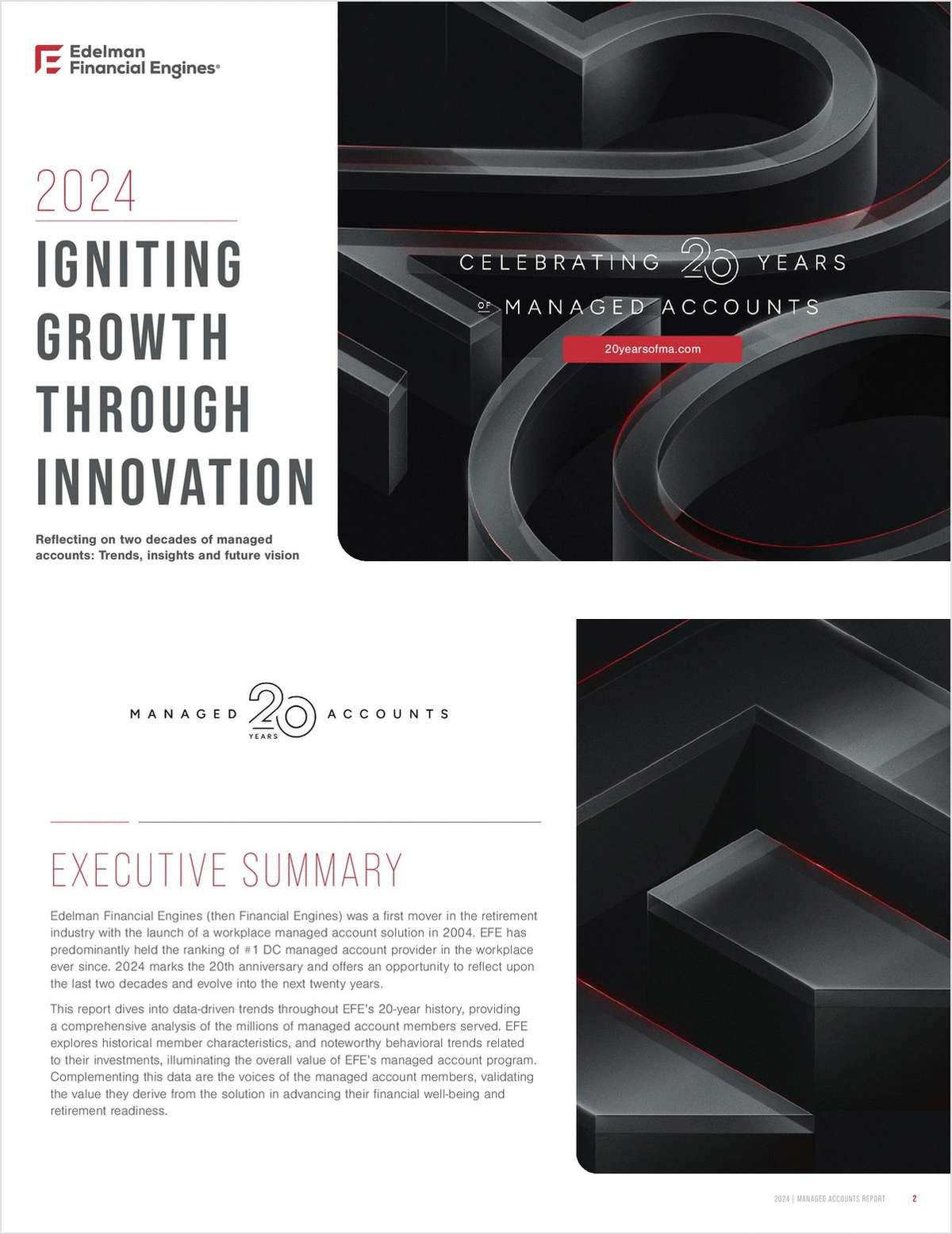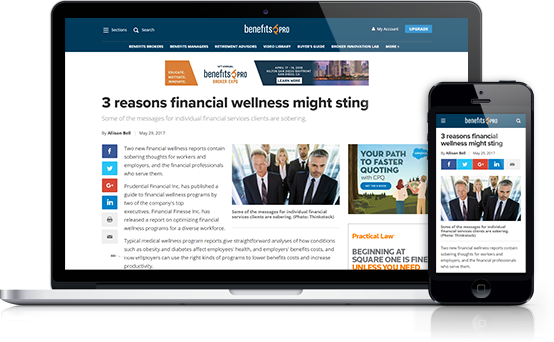According to the Kaiser Foundation, 81 percent of largeemployers (more than 200 employees) offer well-being programs. However,many of those companies don’t consider major factors beforelaunching their programs — and there are many things to considerwhen preparing an implementation.
Analyzing and proactively planning will set an organization on apositive path to success.
In order to drive results for both employers and employees, thereare five critical steps that every organization should consider inany well-being strategy: proactively evaluating current culturearound health, analyzing the current company environment, studyingthe employee population’s current status, knowing engagementtactics that already work for your population, and clearly definingsuccess and how it will be measured.
Continue Reading for Free
Register and gain access to:
- Breaking benefits news and analysis, on-site and via our newsletters and custom alerts
- Educational webcasts, white papers, and ebooks from industry thought leaders
- Critical converage of the property casualty insurance and financial advisory markets on our other ALM sites, PropertyCasualty360 and ThinkAdvisor
Already have an account? Sign In Now
© 2024 ALM Global, LLC, All Rights Reserved. Request academic re-use from www.copyright.com. All other uses, submit a request to [email protected]. For more information visit Asset & Logo Licensing.








